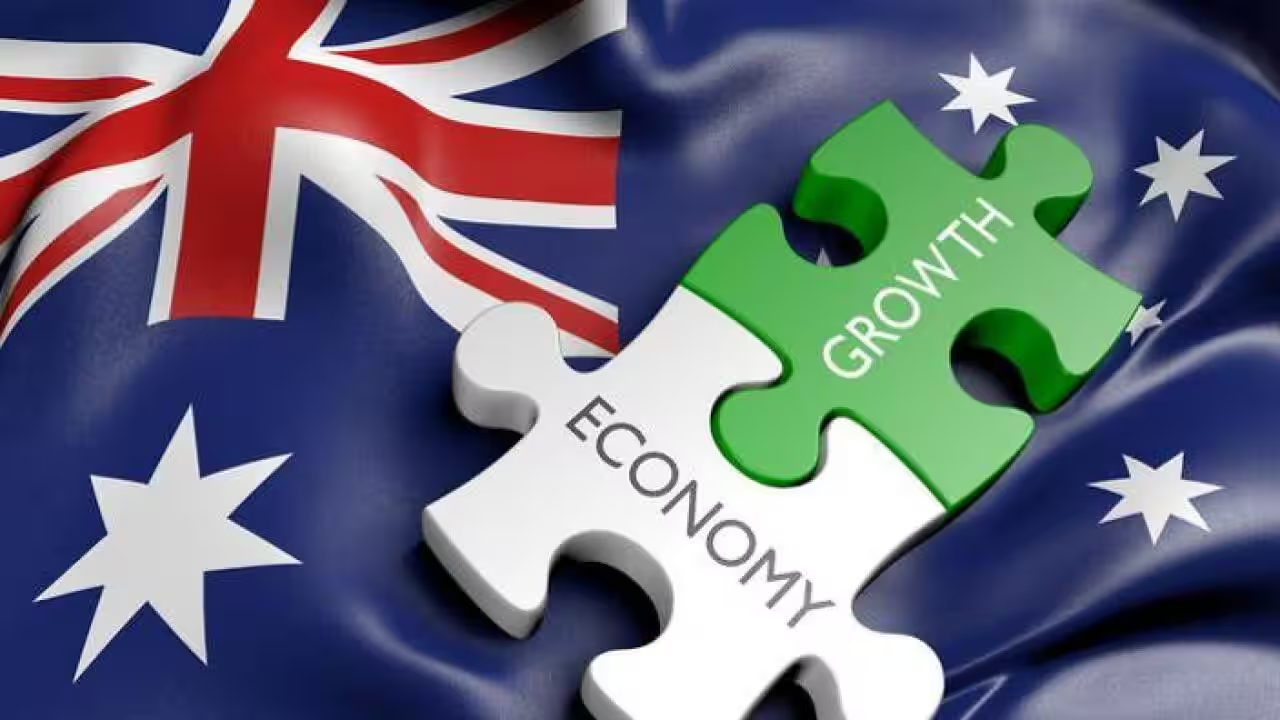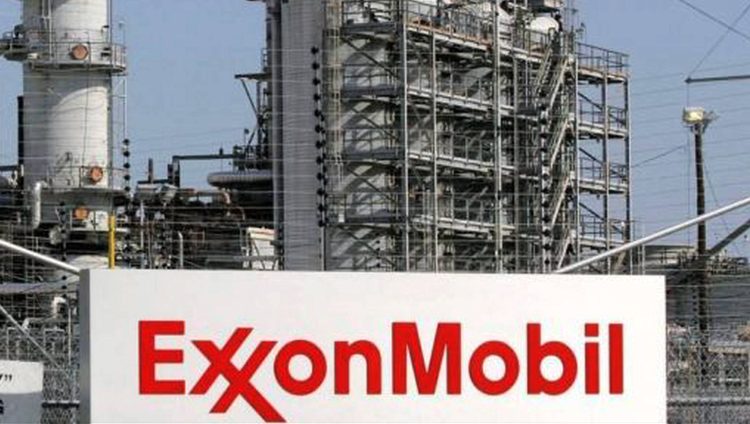The Turbulent Situation of the Oil Market
The Expansion of US Oil Giants
As the Organization of the Petroleum Exporting Countries (OPEC) contemplates production increase, the significant growth in production reported by European and American oil giants has imposed greater downward risks on oil prices. In the latest quarterly financial reports, giants like ExxonMobil, Chevron, and others have shown varying degrees of production growth. ExxonMobil’s oil and gas production, driven by its $60 – billion acquisition of Pioneer Natural Resources, has increased by 24% year – on – year. Chevron’s production has risen by 7%. Despite cutting capital expenditure in half, its oil and gas production is still 27% higher than a decade ago. Shell of the Netherlands and BP of the UK have respectively boosted production by 4% and 2%, even though their net – zero emissions targets are more ambitious than those of their US counterparts. The largest contribution to the production growth of US oil giants comes from the Permian Basin. The crude oil production in this region reached a new high in the third quarter, and the year – on – year growth rate and efficiency improvement have surprised analysts.

The Pressure on Oil Prices
The general increase in production among these giants has put pressure on oil prices. The sluggish global crude oil demand has led to a 12% drop in oil prices in the past six months. If OPEC continues with its plan to restore previous production cuts, oil prices could fall further. Nick Hummel, an analyst at Edward D. Jones & Co in St. Louis, said, “ExxonMobil and Chevron are adhering to their core oil and gas strategies while expanding production in some of the world’s best assets. The short – term outlook for oil and gas is weak, especially with OPEC preparing to release more oil into the market.”
The Future Outlook and Uncertainties
Previous news indicated that OPEC plans to increase oil supply to the market starting in December, restoring the supply of 180,000 barrels per day as per the original plan. However, some analyses suggest that the growth in US production (currently about 50% higher than that of Saudi Arabia) might deter OPEC from increasing production. Macquarie stated in a report that this oil, combined with new supplies from Guyana, Brazil, and other regions, could mean “there will be 5 million barrels per day of production capacity by 2025 that is not currently in production”. They noted that this is against the backdrop of “relatively weak” demand growth. The institution predicts that, barring major geopolitical events, Brent crude will fall below $70 from the current approximately $73 per barrel.






































